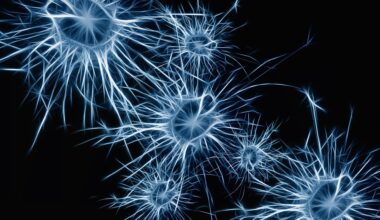Our brains instantly recognize countless complex visual textures that surround us, from the intricate designs on a butterfly’s wings to the grain pattern of wood. But how does it pull off this remarkable feat of visual perception?
DMCBH researchers Drs. Federico Bolaños and Tim Murphy have been awarded an OpenScope project from the Allen Institute to explore the answer to this question.
OpenScope is a shared neuroscience observatory that allows neuroscientists worldwide to propose and direct experiments on the Allen Brain Observatory pipeline, with all resulting research data made freely available to the scientific community. The goal is to lower barriers to testing new hypotheses about brain function, bring new computational and theoretical talents to the field, and enhance the reproducibility of results in brain research – thereby accelerating progress toward an integrated understanding of neural activity in health and disease. This aligns perfectly with the DMCBH’s commitment to Open Science principles for collaboration and sharing research findings.
In this project, mice will be trained to distinguish textures while their neuronal activity is monitored in the visual cortex, linking neural responses to perception. The key goals are to determine how certain textures are easily recognized while others pose a challenge, and to map how different brain regions interact to transform visual inputs into coherent representations that guide behaviour.
These findings could uncover core principles for how the brain extracts important features from our richly patterned visual world. However, the scale and complexity of this research require tools and resources beyond those in a typical laboratory setting.

For this OpenScope project, mice will be trained to ignore images belonging to the same texture type (red squares), but if the texture type changes (green square) then mice must respond by licking the spout, triggering a reward. Graphic courtesy of Federico Bolaños.
“Using the Allen Brain Observatory will not only increase the scope and reach of our project several fold, but it will also allow us to compare and contextualize with all the other Open Science projects they have led in the last decade,” says Dr. Bolaños, lead data scientist in the DMCBH’s NeuroImaging and NeuroComputation Core (NINC). “As with other fields like high energy physics or astronomy, research in systems neuroscience needs to move from individual laboratories into a bigger and interconnected community, in which we progress together.”
The experiments will be performed with the Allen Institute’s verified, reproducible and open protocols for two-photon calcium imaging. Drs. Bolaños and Murphy, along with Dr. Javier Orlandi from the University of Calgary, will then analyze the data and publish their findings. Working with NINC Managing Director Jeffrey LeDue, Drs. Bolaños and Murphy will be looking to recruit UBC graduate students to fully take advantage of the wealth of data that will come from this team-science project.
“We are pleased that the goals of the OpenScope program are closely aligned with our research principles at the DMCBH that include an increasing focus on open science,” says Dr. Murphy, academic co-director of the NINC and leader of the UBC Dynamic Brain Circuits and Connections in Health and Disease research cluster. “Through collaboration and shared access to infrastructure and data, this research will help to accelerate our collective insights into brain function. The datasets generated by the Allen Brain Observatory are of exceptional quality and quantity. Mouse texture discrimination will provide a vehicle to understand how individual neurons discriminate more complex stimuli.”


